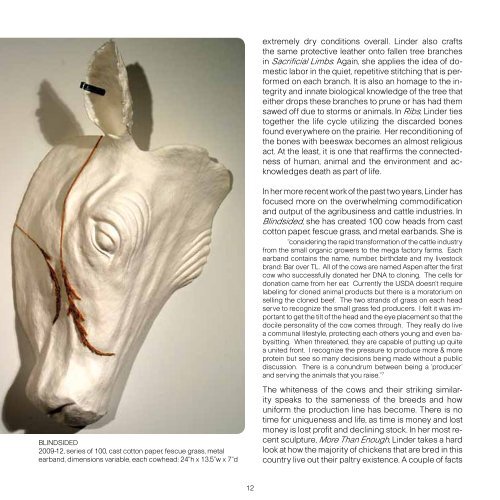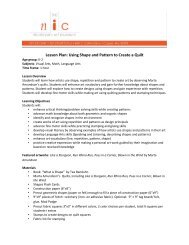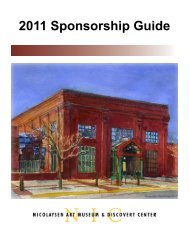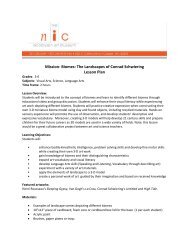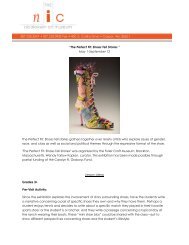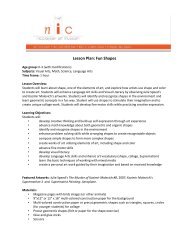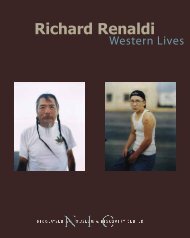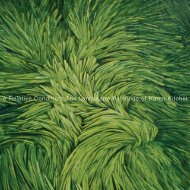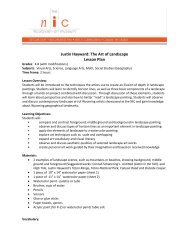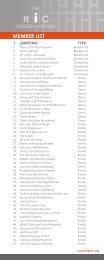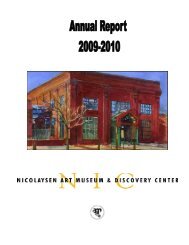Click here - The Nicolaysen Art Museum
Click here - The Nicolaysen Art Museum
Click here - The Nicolaysen Art Museum
- No tags were found...
Create successful ePaper yourself
Turn your PDF publications into a flip-book with our unique Google optimized e-Paper software.
extremely dry conditions overall. Linder also craftsthe same protective leather onto fallen tree branchesin Sacrificial Limbs. Again, she applies the idea of domesticlabor in the quiet, repetitive stitching that is performedon each branch. It is also an homage to the integrityand innate biological knowledge of the tree thateither drops these branches to prune or has had themsawed off due to storms or animals. In Ribs, Linder tiestogether the life cycle utilizing the discarded bonesfound everyw<strong>here</strong> on the prairie. Her reconditioning ofthe bones with beeswax becomes an almost religiousact. At the least, it is one that reaffirms the connectednessof human, animal and the environment and acknowledgesdeath as part of life.In her more recent work of the past two years, Linder hasfocused more on the overwhelming commodificationand output of the agribusiness and cattle industries. InBlindsided, she has created 100 cow heads from castcotton paper, fescue grass, and metal earbands. She is“considering the rapid transformation of the cattle industryfrom the small organic growers to the mega factory farms. Eachearband contains the name, number, birthdate and my livestockbrand: Bar over TL. All of the cows are named Aspen after the firstcow who successfully donated her DNA to cloning. <strong>The</strong> cells fordonation came from her ear. Currently the USDA doesn’t requirelabeling for cloned animal products but t<strong>here</strong> is a moratorium onselling the cloned beef. <strong>The</strong> two strands of grass on each headserve to recognize the small grass fed producers. I felt it was importantto get the tilt of the head and the eye placement so that thedocile personality of the cow comes through. <strong>The</strong>y really do livea communal lifestyle, protecting each others young and even babysitting.When threatened, they are capable of putting up quitea united front. I recognize the pressure to produce more & moreprotein but see so many decisions being made without a publicdiscussion. T<strong>here</strong> is a conundrum between being a ‘producer’and serving the animals that you raise.” 7blindsided2009-12, series of 100, cast cotton paper, fescue grass, metalearband, dimensions variable, each cowhead: 24”h x 13.5”w x 7”d<strong>The</strong> whiteness of the cows and their striking similarityspeaks to the sameness of the breeds and howuniform the production line has become. T<strong>here</strong> is notime for uniqueness and life, as time is money and lostmoney is lost profit and declining stock. In her most recentsculpture, More Than Enough, Linder takes a hardlook at how the majority of chickens that are bred in thiscountry live out their paltry existence. A couple of facts12


